The short answer to the question in the title is there’s no set answer. Indie book pricing is a tough matter because each book and each genre will sell differently at different price points. A 10,000-word erotica short can actually get away with charging $3.99. A first (non-erotica) novel by a new author generally can’t.
On Reddit, this was a comment on a post by a new author who was struggling how to set price. I argued that he should lower his book to $.99 from $1.99, as he wasn’t selling any books. This was a response:
99c essentially indicates one of three things:
- book on promo
- short story
- sh*t, amateur book
Now if you want to have a 99c book as a permanent promo for other works (eg the first book in a series) then that’s fine. Even better if you can price match it to perma-free. But otherwise it’s not an advisable price.
You have to get into the mindset of people who buy books. When you are looking to “invest” in a book, it’s not just about your money, it’s also about your time. You are looking for a certain quality level.
If it’s just about price, then even 99c is too high because there are any amount of free ebooks, some of them reasonable or even good quality, available for free. If you sign up to a free books promo newsletter or just visit Amazon’s free page every day, you can download more free books than you can ever read. (You can also steal them: I’ve seen even my very obscure books being requested in file sharing forums).
Once you get to the stage of handing over cash, you want quality and something that suits your tastes or interests. Something you are actually going to read (it’s speculated that the vast majority of ebooks downloaded for free are never read).
At this point, $3.99 indicates a regular book, even if self-published, and 99c indicates a “cheap” book. Cheap in the full sense of the word.
That’s why I don’t advised going there. Based on my own experiences as a self-published author, based on others’ experience and advice, based on research I have done, and based on my own perception as a reader. I’m going to wonder if there’s “something inferior” about an entire novel only costing 99c with no apparent promotional purpose to that price.
This only makes sense sometimes. I’ve seen writers charging $3.99 who sell nothing. It’s necessary to have a fair number of reviews that prove quality before upping the price. Price isn’t the sole metric of quality. See our bestseller package to get the ball rolling on that front.
At the same time, the Author Earnings site seems to back up the idea that $3+ is a good price point for indie books:
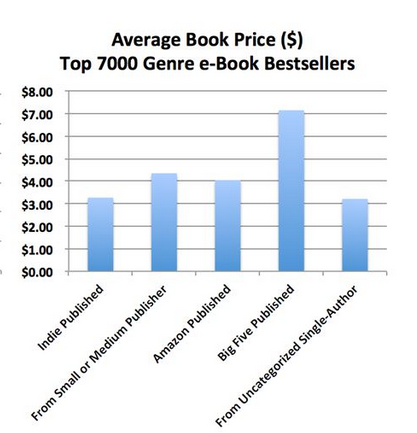
However, there’s a caveat to this. Bestselling books can afford to be $3 and up. There’s nothing there about the beginning price point of those bestsellers. If you had a book selling hundreds of copies a day at $.99, it would be a good idea to raise the price to raise profits. That’s capitalism. So that’s what the graph may be reflecting. There’s a guest post on Hugh Howey’s site by a new author who charges $.99 and is doing very well at that price (ranking 1000 or so).
If your book’s just been released then you’re in the “Book on promo” category. 99 cents is used so frequently now that it’s understood as a common price for indie books. That said, it doesn’t work as a promotional tool as well anymore b/c everyone’s doing it. The Amanda Hocking days are over – she was one of the first to charge $.99 and really stuck out as a bargain in the Kindle store. She went on to sell a million copies.
Now there are millions of books for $.99 or free. No one said this was easy.
$.99 doesn’t say “cheap” any more because so many writers are doing it. It does say “indie” because trad publishers aren’t using this price as often. That may or not be to your advantage. If your book looks indie – bad cover, no editing – then your book will suffer for it at that price point. If it looks professional (i.e. expensive), it won’t seem “cheap,” but a deal.
Basically, $.99 makes sense for anyone: it makes sense for an unknown, untested writer and it makes sense for an author with 5 books out. If you’ve got several books out at once, the $.99 price point will stand out as a bargain against other books that may be priced higher. It’s a fundamental principle of retail pricing: have several options and price points available. People may never buy the most expensive option, but it makes the less expensive option look like a bigger bargain.
So what’s the answer? Basically you’re going to need to experiment. But if you’re a new writer with a new book, this is a good process:
- Enroll in Kindle Select (controversial, but good for a first timer – see the Howey guest post linked above, he makes a good case)
- Use your free promotion days
- Set the book to $.99
- Wait
- If your book is selling by the end of the Select period of 3 months, try raising the price to $2.99+. Also think about moving to other platforms.
- Wait again, see how your book sales fare. If they dip significantly, obviously something’s wrong.
- If book sales are great, lower the price back down to $.99 via a countdown deal and try to get listed at BookBub.
Every book can’t handle being $2.99 and above. If you don’t have reviews saying “This is a must read,” and instead say, “Decent book,” it’s going to be harder to get readers to make an investment.
There are self-published books all over the Kindle store priced at $4.99 or more with a ranking of 1,000,000. Why? If the book’s not selling, why not experiment with different pricing (and not just for a week, but a month)? Certainly, if you’ve been working on a book for a year or more then it feels like it’s worth more than a dollar. It is insulting to have to basically give away a book that took hours and hours of work. This is ego talking. If the book’s not selling, the book’s not selling: try something different.
There’s a sweet spot for every book that depends on several factors, including:
- The genre
- Number of reviews
- Author reputation
- Uniqueness of the story
- Time of year
- Other factors, such as cover, blurb and keywords
There’s no one answer stating what will work for your book. The truth is: it may not work at all at any price point. This is the reality for a lot of self-publishers. A lot of books – even very good books – don’t sell at all.
You can endlessly tweak your price in the hopes that luck will strike, but if your sales haven’t made any significant leaps after the first three months, it’s time to seriously think about pouring most of your energy into the next one. The more days your book has no sales, the less visible it’s going to be in Amazon’s algorithm. That first three months is key, which is why it’s vital to play with price during that introductory period, and also know when to move on. Successful self-publishing is a career, not a get rich quick scheme. This is why the mantra is always: write more. Not only can a new book help sell other books on your list, but there’s no better distraction from obsessively checking your Kindle stats than creating something new.
Get an Editorial Review | Get Amazon Sales & Reviews | Get Edited | Publish Your Book | Enter the SPR Book Awards | Other Marketing Services


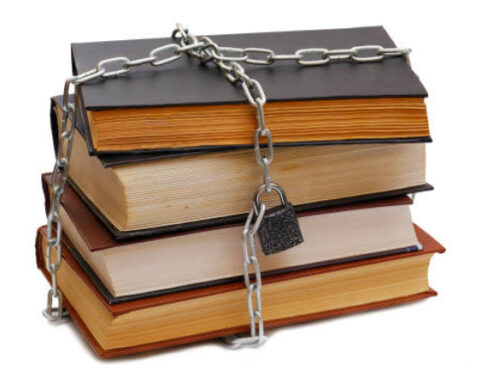
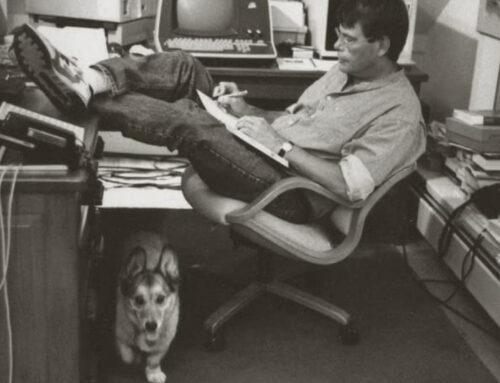



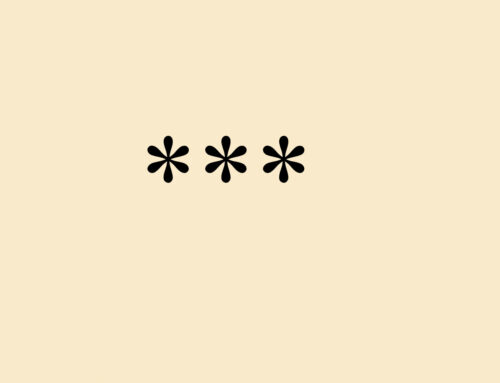
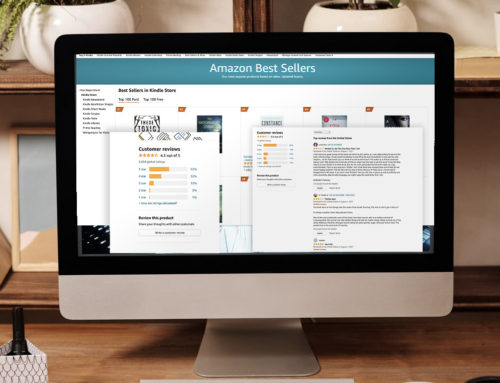




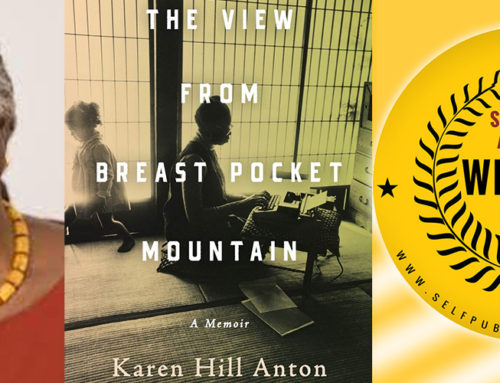
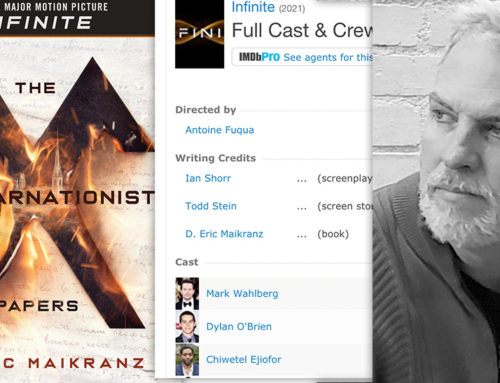





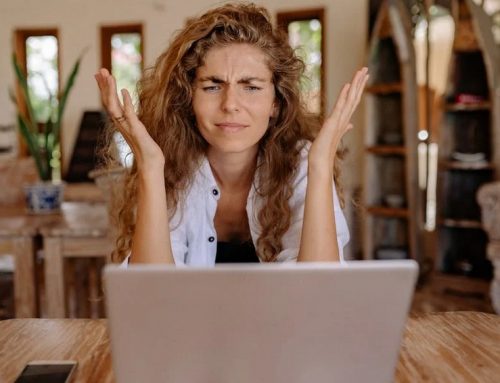

Interesting thoughts. It’s important to remember that “average” and “optimal” aren’t necessarily the same thing. I have a post coming out soon where I’ve been crunching down on the Author Earnings data specifically for indies, and my research indicates that while $0.99 will drive more sales, a high quality book backed by a good platform will probably earn the most money overall at a $2.99 or $3.99 price point, and customers may evaluate $3.99 as a signal of quality. That said, you shouldn’t signal quality unless you actually HAVE quality. Also an interesting finding was that many books succeed despite having totally off-the-wall prices. The long tail is long. Anyway, that post should be up Monday on Lexirad.com. I look forward to the discussion! 🙂